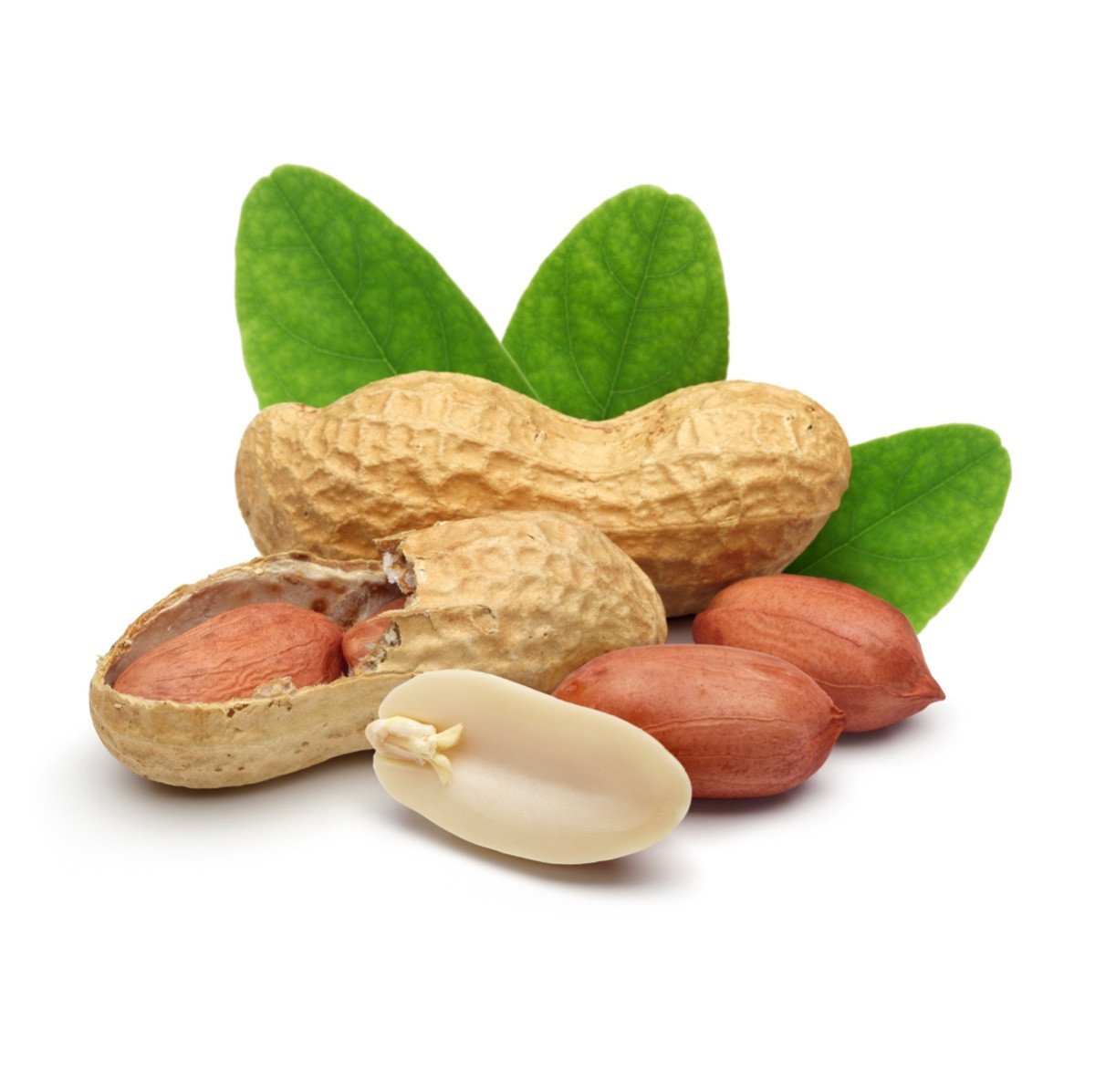Peanut / Groundnut

Peanut / Groundnut
Arachis hypogaea
Plant family
Legumes (Fabaceae)
Also known as
Goober, Pindar, Monkey Nut
Season Overview
Propagating
Planting
Harvest
J
F
M
A
M
J
J
A
S
O
N
D
Details
Light requirement
Sunny
Water requirement
Dry
Soil
Light (sandy)
Nutrient requirement
Low
Plant distance
20 cm
Row spacing
40 cm
Seeding depth
1 cm
Instructions
Description
The peanut belongs to the same subfamily as the pea, for example, and is therefore botanically not a nut at all, but a legume. Like other legumes, it can accumulate nitrogen from the air in the soil with the help of rhizobia. It is an annual herbaceous plant that grows erect to creeping. Its yellow flowers descend after pollination and bore into the top loose soil layer. IMPORTANT: the ripe nuts must be dried with shell in the oven at 120-160 degrees for 20min before consumption!
Origin:
The peanut is originally native to the Andes. The oldest known finds come from Peru. However, it was also cultivated early on in other parts of South and Central America.
Growing tips
Peanut plants need 180 days of frost-free weather to form fruits. Therefore, it is recommended to preplant the seedlings. If the seeds are placed in water 24 hours before sowing, the germination capacity can be increased.
Companion Plants
No companion plants
Antagonistic Plants
No antagonistic plants
Diseases
Red spot disease
Root Rot
Pests
No pests